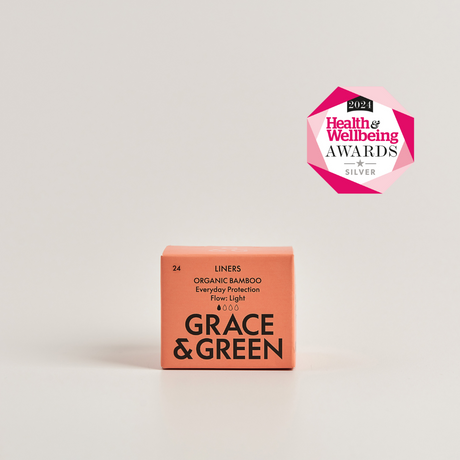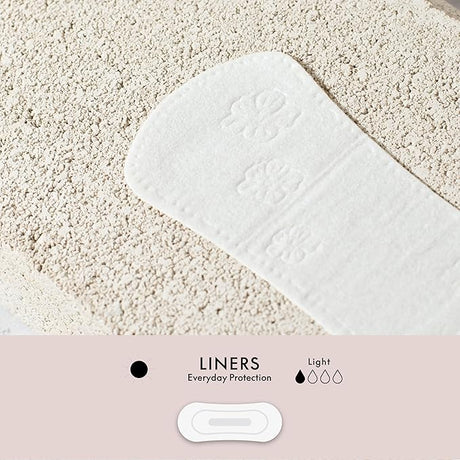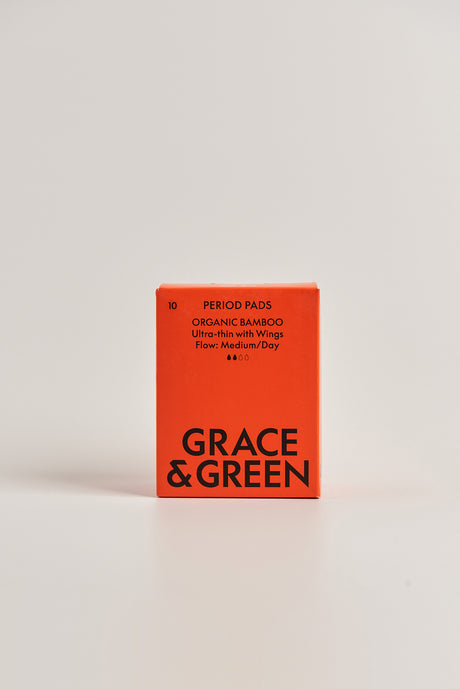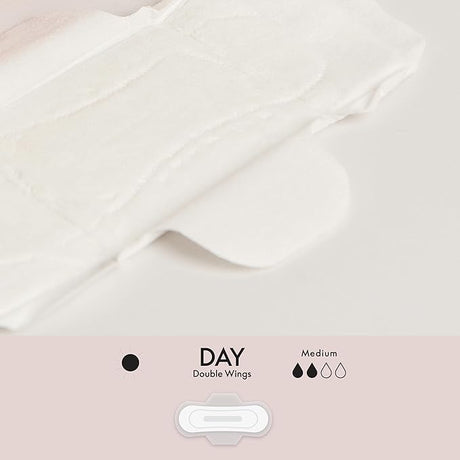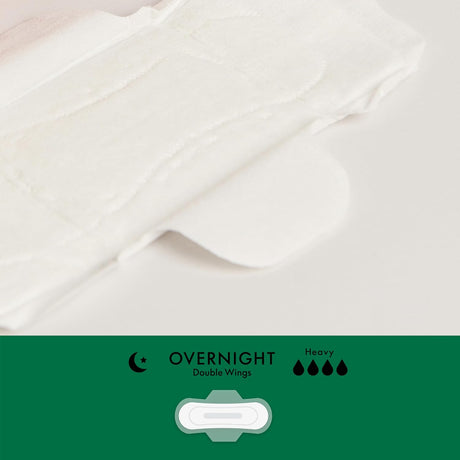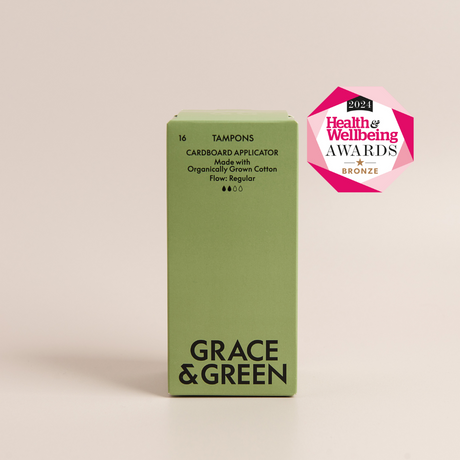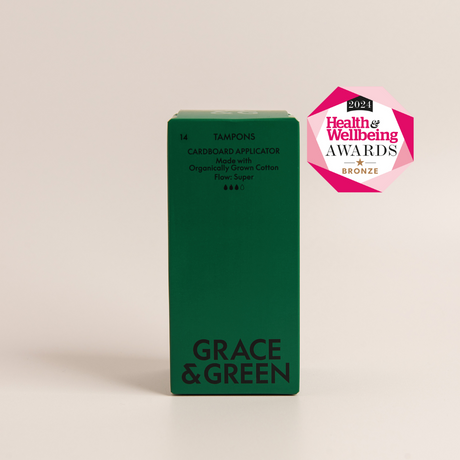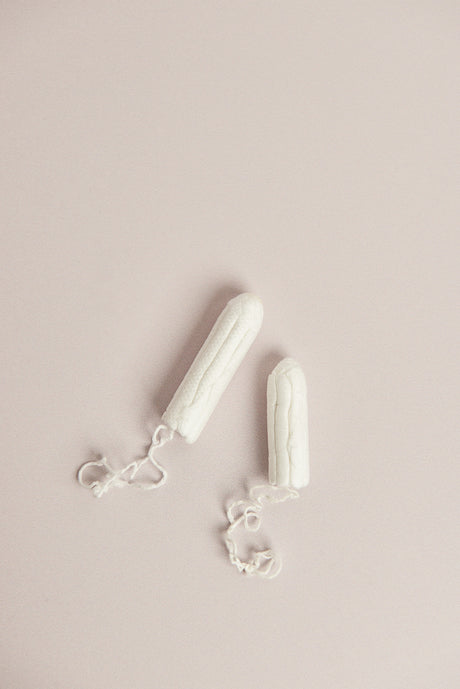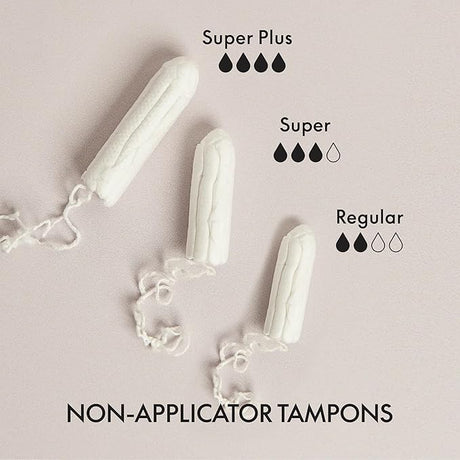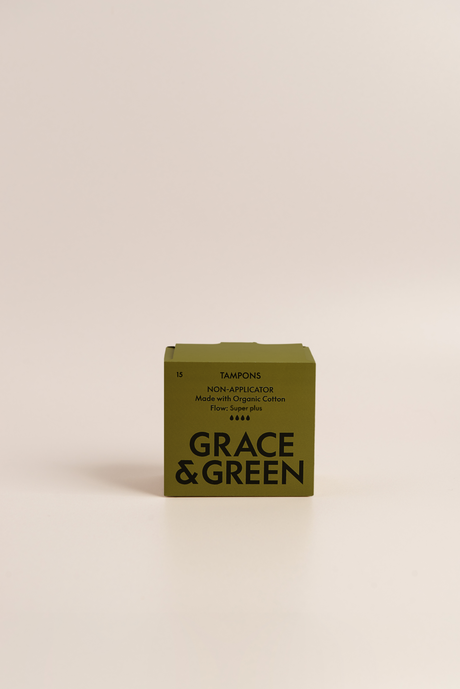If you’re a person who menstruates but you still have a lot of questions about it, don’t worry you’re not alone. Despite PMS (Premenstrual Syndrome) being experienced by 90% of people who menstruate there is still a lot of confusion around it, driven by a lack of research.
Put simply, PMS is the name for the symptoms people can experience during the last week of the luteal phase (one to two weeks before menstruation) and symptoms vary from person to person.
The most common symptoms of PMS include; mood swings, overthinking, feeling upset, anxious or irritable, tiredness or trouble sleeping, bloating, breast tenderness, headaches, spotty skin, change in sex drive and appetite. And, whilst symptoms tend to occur in a pattern that you may come to recognise, that’s not to say they can’t spring up when you least expect them, or in completely new ways.
Sounds like fun right?
We’ve taken a look at some of your most commonly asked questions around PMS and asked our in-house experts to help shed some light…
What causes PMS and why are my symptoms so bad?
Whilst scientists are yet to definitively pin down what causes PMS (as we know, menstrual health is significantly under-researched), there are several factors that might be to blame. Cyclic changes in fluctuating hormone levels and chemical changes in the brain are two of the main reasons. If you already have underlying mental illness or mental health difficulties, then PMS may affect you more significantly.
Regardless of symptom severity, the signs and symptoms usually disappear within four days after the start of a period starting for most people. But, a small number of people report symptoms being so severe they have to stop daily activities. This form of PMS is called premenstrual dysphoric disorder (PMDD). The signs and symptoms of PMDD include depression, mood swings, anger, anxiety, feeling overwhelmed, inability to concentrate, irritability and tension.
If you aren’t able to manage your PMS symptoms with lifestyle changes and it’s affecting your health and daily activities, it is time to see your doctor.
How can I naturally soothe my PMS symptoms?
Sometimes you can manage or reduce the symptoms of PMS by making lifestyle changes such as incorporating exercise, making changes to the food you eat and your approach to daily life.
Try the following tips to help get some relief from your symptoms…
Think about your food
- Eating smaller, more-frequent meals can help to reduce bloating.
- Incorporating foods such as nuts, green leafy vegetables, carrots, fish and chicken into your diet can help to alleviate PMS symptoms as they’re high in vitamin E and vitamin B6.
- If you’re feeling particularly irritable why not try a soothing cup of chamomile tea - this calming herb can also help to reduce cramps.
Reduce stress
- Practice deep-breathing exercises to help reduce associated PMS symptoms such as headaches, anxiety or trouble sleeping.
- Incorporate yoga and self-massage into your daily routine to help soothe your mind and body.
- It is natural to feel less sociable, so don’t put pressure on yourself to attend as many social occasions if you are not feeling up for it. Prioritise rest instead.
Prioritise sleep to tackle PMS
- Sleep is super important for recovery so try to ensure you’re getting enough shut eye by setting a strict bedtime.
- Incorporating a night time routine and creating a peaceful sleep environment will help too. Make your bedroom a tech-free zone, avoid screens at least an hour before bed, have your last caffeinated drink by midday and invest in some black out blinds.
- Hot flushes can also occur in this phase and disrupt sleep. Going for a lighter duvet, trying to open windows an hour ahead of bedtime or having a cool shower before bed can help.
Incorporate exercise
- 30 minutes of daily movement such as walking, swimming or cycling can help to improve your overall health and alleviate symptoms such as fatigue and a low mood.
- If you aren’t feeling up to a full blown workout, try a simple yoga flow or even take a walk around the block to help alleviate symptoms.
Keep a record to identify the triggers and timing of your symptoms. This will allow you to intervene with strategies that may help to lessen them.


